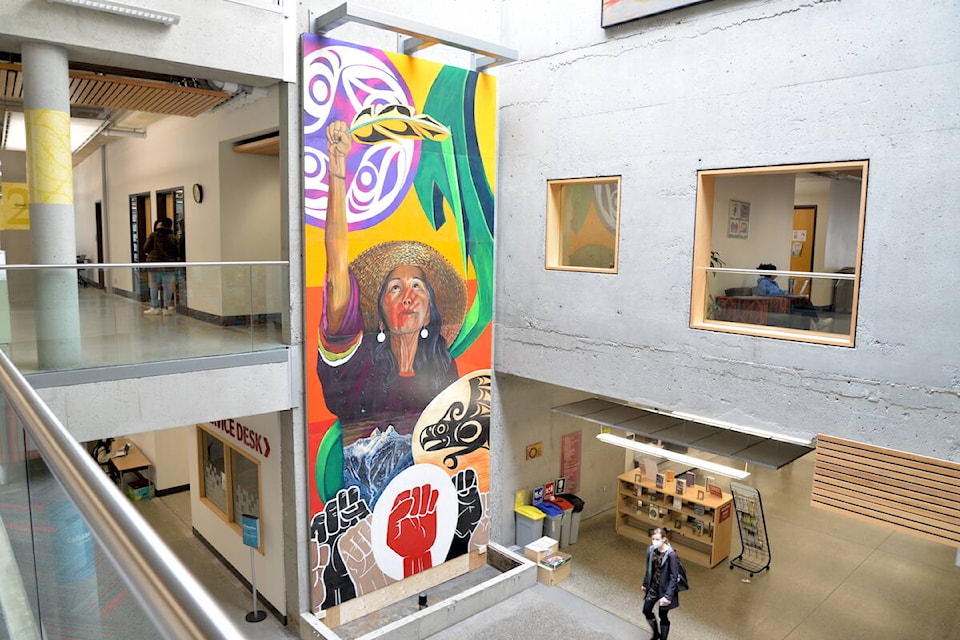Plenty of young people, and their parents, ponder the costs of university as they approach high school graduation.
The days in which a low-wage summer job could pay for an entire year of tuition vanished somewhere in the 1970s or 1980s. Parents and students now save for years, or cobble together some combination of savings, student loans and scholarships to pay for tuition.
And that’s just students who live in Canada.
Students from overseas face far higher tuition costs, not to mention the fact that they have no option to live at home, as many students in the Lower Mainland can.
That means that our post-secondary institutions have come to rely on international students to help fill their coffers. International student tuition props up the costs of running a modern university and helps keep tuition down – relatively speaking – for Canadian students.
But through the past decade, the number of international students has spiked. There are now thought to be more than one million international students in Canada. Many are studying at well-known universities, but some – especially in Ontario – have enrolled at fly-by-night colleges set up specifically for international students. Located in strip malls and suburban office complexes, some of these colleges have been accused of providing sub-standard educations to students from abroad who have invested heavily in the promise of a Canadian education.
Beyond the fact that there’s a fear we’re ripping off foreign students, the sheer number of international students is likely having an impact on the ongoing housing crisis. A million people are going to take up a chunk of real estate, no matter how many roommates they have.
So after dillying and dallying for months, the federal Liberals have finally acted.
Starting this year, Ottawa is capping the number of new international students coming to Canada. B.C. and Ontario, in particular, will see fewer international students in the coming semester. Nationally, numbers will be cut by 35 per cent from last year.
This is yet another case in which the government should have acted sooner, and by delaying, is causing more problems for other levels of government.
By taking too long to act, including against dubious schools, the Liberals have made sure that all universities have budgeted with the expectation of a steady supply of students who pay higher tuition.
Removing a chunk of those students will impact the programs and courses that can be offered to all students – international and domestic.
We could see courses cut, and we will likely see calls for provinces to raise tuitions, yet again.
– Black Press Media
